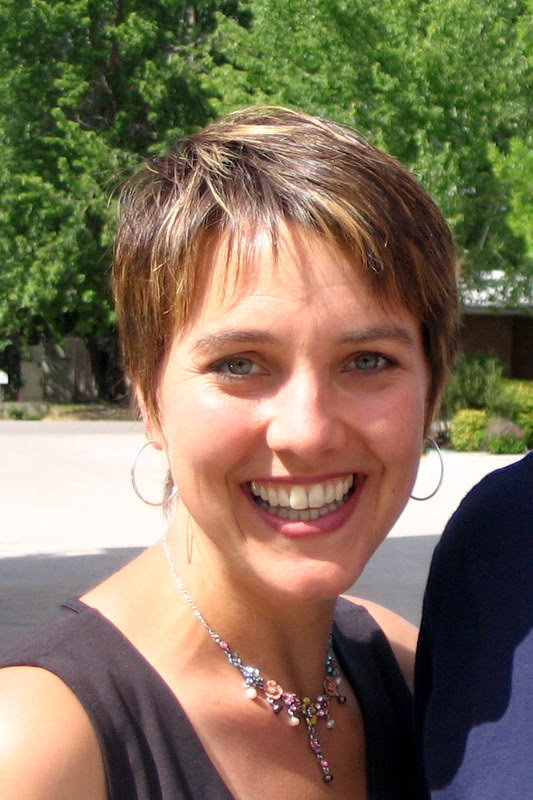The Cross as a symbol

Question & Answer
Q: By Raymond
I find the notion of human sacrifice abhorrent, and yet the whole dogma of the church is based on the crucifixion of Jesus. The cross wasn’t even used as a symbol for a hundred years AD, and yet we have it used in church today. I love the Lord, and I know my sins are forgiven, but worship in church is a problem. How do I cope?
A: By Rev. Lauren Van Ham
It’s true that some expressions of Christianity and different denominations lean more heavily on the crucifixion and Jesus’s death. Jesus, we know however, spoke for life and creation. Jesus looked for ways to include, to affirm and to love all beings, especially the ones who have been tossed aside. Jesus offered instruction, through teaching and acts of healing, that invited everyone listening to do their inner work and to find more and more ways to love publicly, generously, and inclusively so as to dismantle all forms of oppression and injustice. Jesus’s death – literal or symbolic – is important, but Jesus’s life and what the resurrection invites for His followers, is where Christian practice and community become engaging! If your current experience of church feels more connected with death than life, it might be an interesting experiment to notice and explore the places and spaces where you feel the life-affirming teachings of Jesus – is it in conversation with a dear friend? Prayer? In nature? Particular songs or pieces of art? Worship happens in many ways. Give yourself permission to discover what works well for you.
Perhaps another piece is to expand the associations some of us hold with the cross. The late Angeles Arrien, a cultural anthropologist, researched 5 shapes that have appeared throughout the span of humanity, and across cultures and geography. The cross is one of the five, and regardless of the time in history or the geography in which it appears, interpreters agree that the cross speaks to relationship. Isn’t that interesting? In Dr Angeles’ words, the cross “symbolizes the process of relationship and integration. [It is a symbol] connected to a creative project, to another person or to oneself and it demonstrates balanced connection… Most societies see the symbol of the cross as two parts merging to create a greater whole.” (p.39)[i]
In no way do I offer this as a distraction from how the cross was used at the time of public crucifixions. As you said, human sacrifice is abhorrent, and the public ritual that was Jesus’s torture and subsequent death evokes horror, grief, rage and disbelief because it should! But as you observe the cross in your church and in other spaces, perhaps there is additional wisdom in holding this multi-cultural understanding of the cross, as well? Jesus most certainly looked for and invited integration, balance and relationships that sought out the greater whole.
Thank you for this provocative question! May there be some food for thought in the suggestions I’ve shared.
~ Rev. Lauren Van Ham
About the Author
Rev. Lauren Van Ham, MA was born and raised beneath the big sky of the Midwest, Lauren holds degrees from Carnegie Mellon University, Naropa University and The Chaplaincy Institute. Following her ordination in 1999, Lauren served as an interfaith chaplain in both healthcare (adolescent psychiatry and palliative care), and corporate settings (organizational development and employee wellness). Lauren’s passion for spirituality, art and Earth’s teachings have supported her specialization in eco-ministry, grief & loss, and sacred activism. Her essay, “Way of the Eco-Chaplain,” appears in the collection, Ways of the Spirit: Voices of Women; and her work with Green Sangha is featured in Renewal, a documentary celebrating the efforts of religious environmental activists from diverse faith traditions across America. Her ideas can be heard on Vennly, an app that shares perspectives from spiritual and community leaders across different backgrounds and traditions. Currently, Lauren tends her private spiritual direction and eco-chaplaincy consulting practice; and serves as Climate Action Coordinator for the United Religions Initiative (URI), and as guest faculty for several schools in the San Francisco Bay Area.

